The Art of Theatrical Millinery and Costume Props: A Journey Through My Career
- alisonturton
- Mar 11
- 4 min read
Updated: Mar 25
Whenever people ask me what I do for work they are always surprised by my answer. A milliner is not an every day job, especially a theatrical milliner and costume prop maker! Its a career that started many years ago but I fell into it by a chance opportunity. It wasn't the career I thought I was going to have but honestly it's been the best job and I would never want to do anything else!
My journey into the world of theatrical millinery
It all began in 1995 when I had finished a three year HND course in Theatre Wardrobe at the Mabel Fletcher College in Liverpool. It was one of the best courses for learning all things costume with projects on period underwear, tailoring, costume making, mask making, leather work, embellishments, millinery, special effects on costume and lots more. I learnt so much but actually millinery wasn't really something I was interested in.
What are the responsibilities of a theatrical milliner/costume prop maker?
Once I had finished at Mabel Fletcher, I was lucky enough to get a job at the Leeds Playhouse as wardrobe assistant. So I was responsible for making up costumes for shows. I enjoyed it but I was unsure as to whether I was right for the job. Then by chance the lady who was the milliner and costume props maker at the playhouse was leaving to go back to Australia. As I had shown an interest in the work she did, I was put on a six month trial to see if I could learn the ropes and I was overjoyed to officially become the new Milliner/Costume Prop Maker. I had a huge work room with dye vats, a spray booth, millinery blocks, paint sprays and dyes. In fact everything I could possibly need to do my job.
Although I worked in my own work room it was directly opposite the wardrobe department. I worked alongside my supervisors and with designers to create what was needed for each show. My duties involved all sorts of millinery from period headwear to theatrical headpieces, special effects on costumes/fabrics (I got to really hone my skills on blood effects, sweat, dirt, dust.....in fact all the stains, muck and bodily functions!) dyeing shoes, dyeing fabrics, making or adapting jewellery, masking making, embroidery and everything in between.
It was a challenging job at times, involved working long hours and huge workloads which every so often felt completely overwhelming. However I learnt so many skills which I have carried forward into my work today. Unfortunately in 2012 I was made redundant from my job at the playhouse (along with some of my colleagues) and whilst devastating it kick started my freelance career and I haven't looked back since!
How I apply my skills in theatrical millinery and costume props
I have built up lots of skills over the years simply because every job I do is different. I can go from making medieval headpiece's to 19th Century bonnets to clown nose's to crown's to monkey wing's and everything in between that! So it means I can work with many different materials including millinery felt, straw, buckram, leather, wire frames, plastazote, thermoplastics, sinamay, crin and techniques such as pattern drafting, blocking, beading, applique, embroidery, embellishments, trimming, sewing (hand and machine) dyeing fabrics and shoes, fabric painting and much more.
My favourite hat project
This is very hard to choose from because there have been so many! I have chosen these headpieces from 'Alice In Wonderland' which I created for Leeds Playhouse some years ago. The crowns were made from thick leather hide which was very sturdy. They were then covered in colourful wool fabrics. I absolutely loved these because they were really fun to make and the matching costumes were so stunning!

The most difficult hat I have made
There have been a few that have tested my skills! This chimney hat, created for 'Wonka' at Leeds Playhouse was a tricky one. It needed to accommodate a small smoke machine so that the hat appeared to be smoking. In actual fact it was never used as it just didn't work on stage which was a shame but I'm still proud of how it turned out.

Key achievements in my career
I started out not really knowing I wanted to be a milliner. I just knew that I was really interested in theatrical costume and in time that grew into a love of millinery and costume props. I think being able to combine my theatrical millinery and bridal millinery into one career is everything I have ever wanted. Seeing my work on stage never gets old, its still a thrill and always makes me feel very proud.
Advice for aspiring theatrical milliners
My biggest USP is the range of skills I have. I know that I can make pretty much anything and that's not a boast, its simply because of the course of twenty seven years I have made such a wide variety of hats, headpieces and costume props I can tackle most jobs. So I think my advice to anyone wanting to go into this industry is to perfect those skills. So make sure your hand and machine sewing skills are impeccable but also learn to block, work with leather and get to know thermoplastics. Just make and experiment, build those skills and confidence. You will also need the ability to interpret designs into reality which can be hard but so rewarding when it all starts coming to life.
My work is never the same, one week I could be making bonnets, the next week a tricorne or a turban and in between that a bridal headpiece or a clown nose! Its always different, challenging and creative! I have made headwear and costume props for theatre, ballet opera, TV, production companies and lots of other fun projects! For me its absolutely the best career I could of wished for, I've worked very hard and also been really lucky with opportunities presented to me. I have built up a good reputation in the industry which is also really important. You need to be trusted to take on projects, make them to an impeccable standard and crucially, deliver on time! Its an amazing industry to work in, not always easy and straight forward but I would never want to do anything else!





















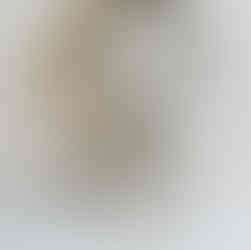





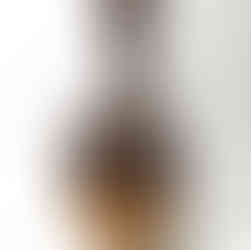























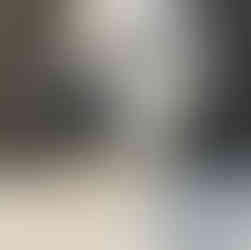



























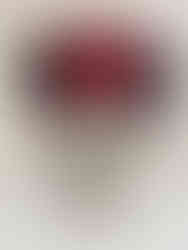

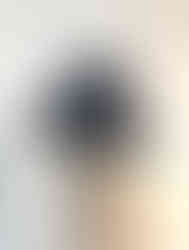


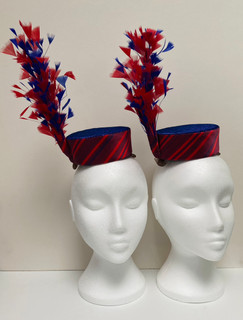





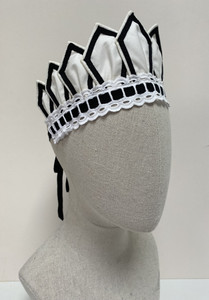
Commentaires